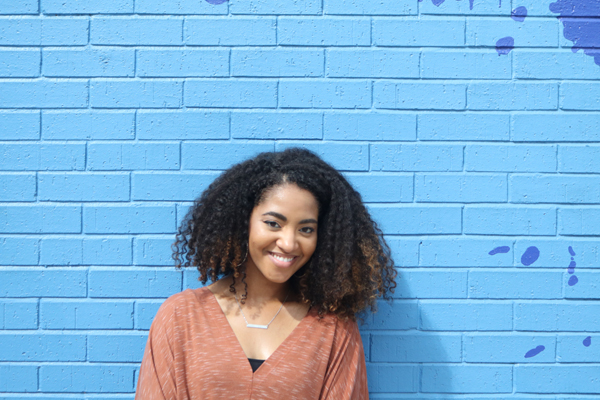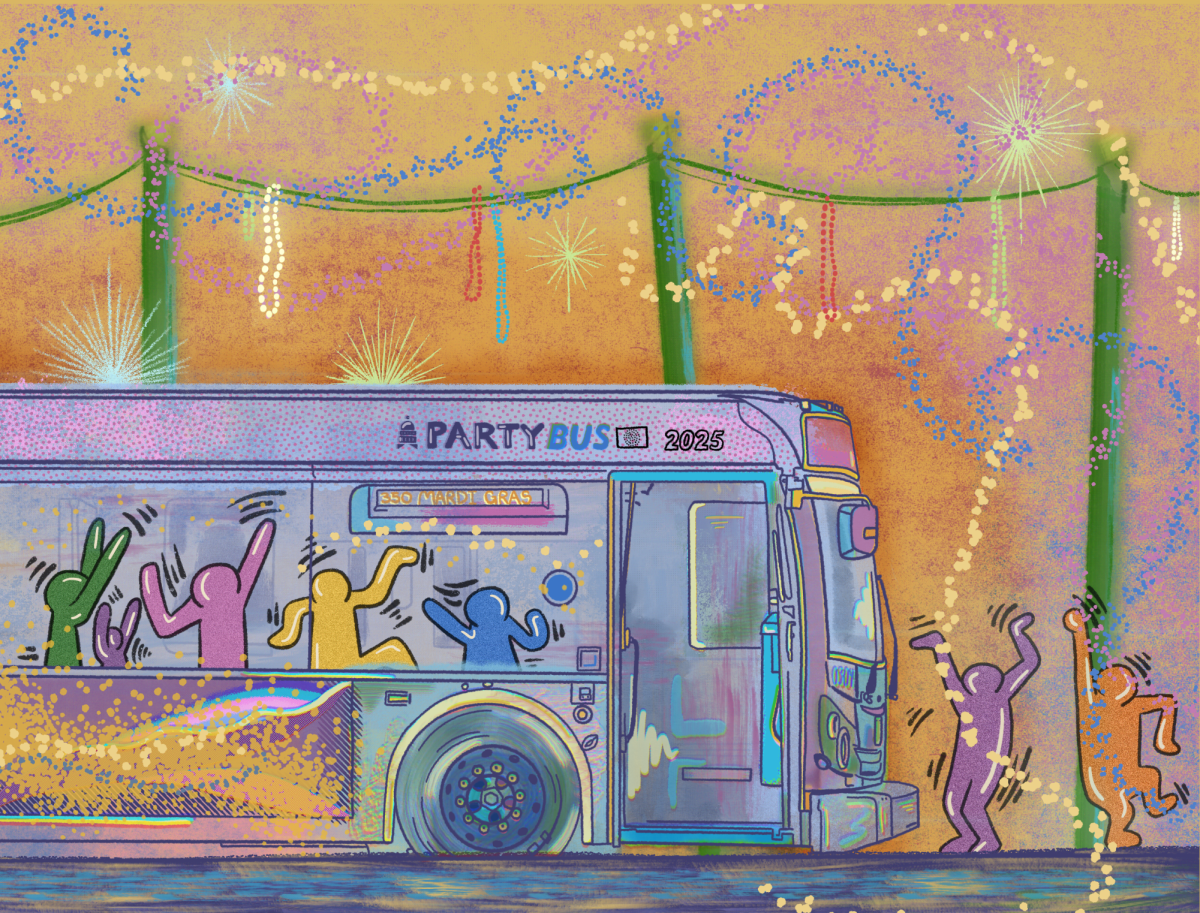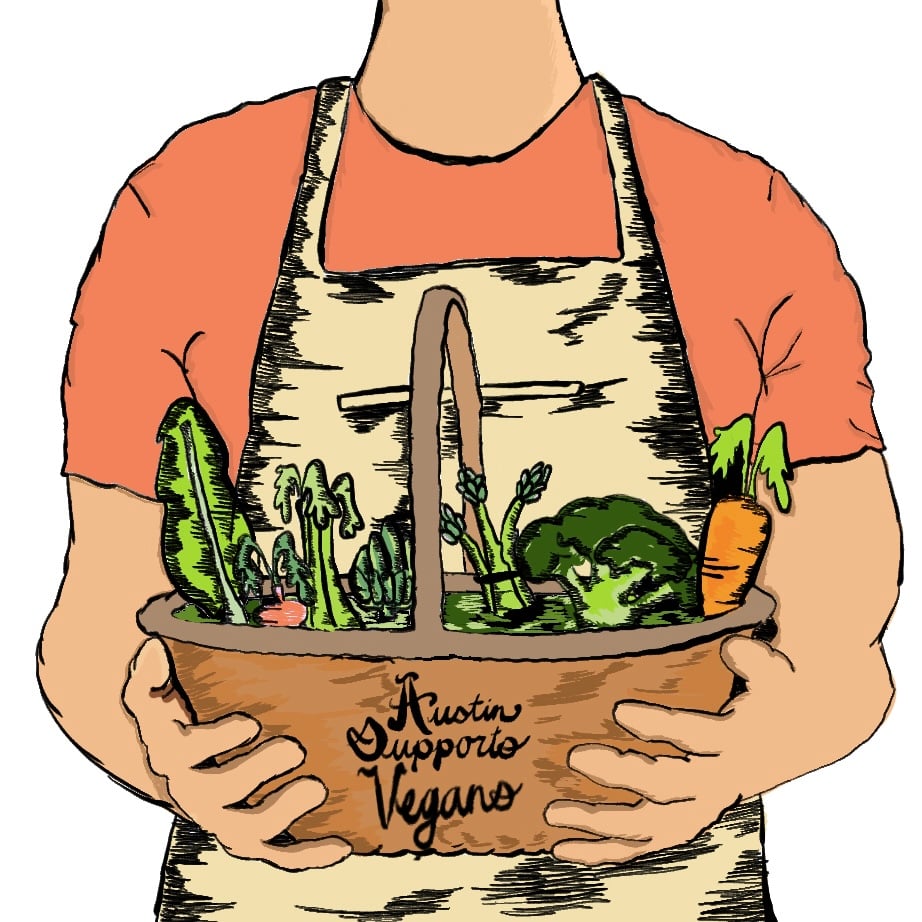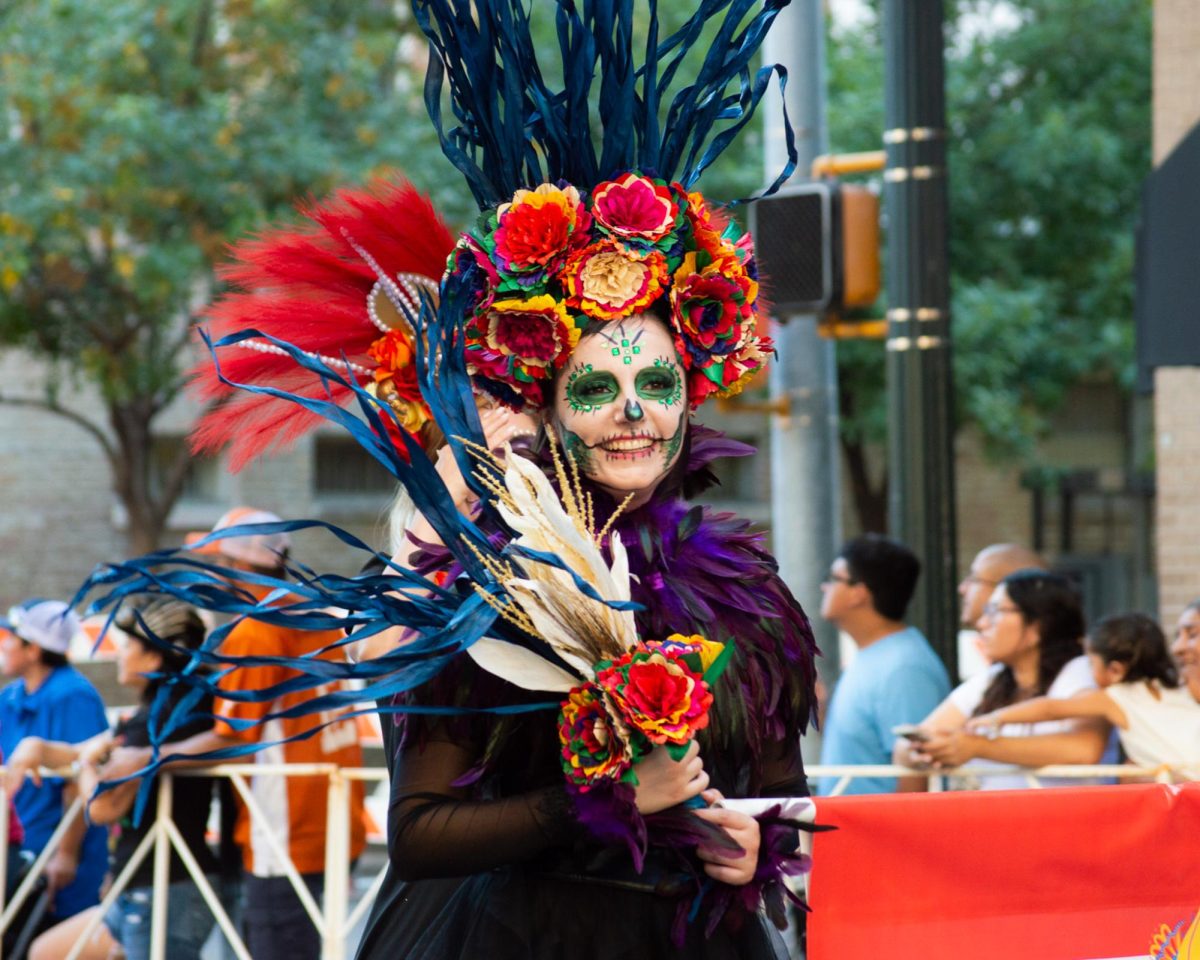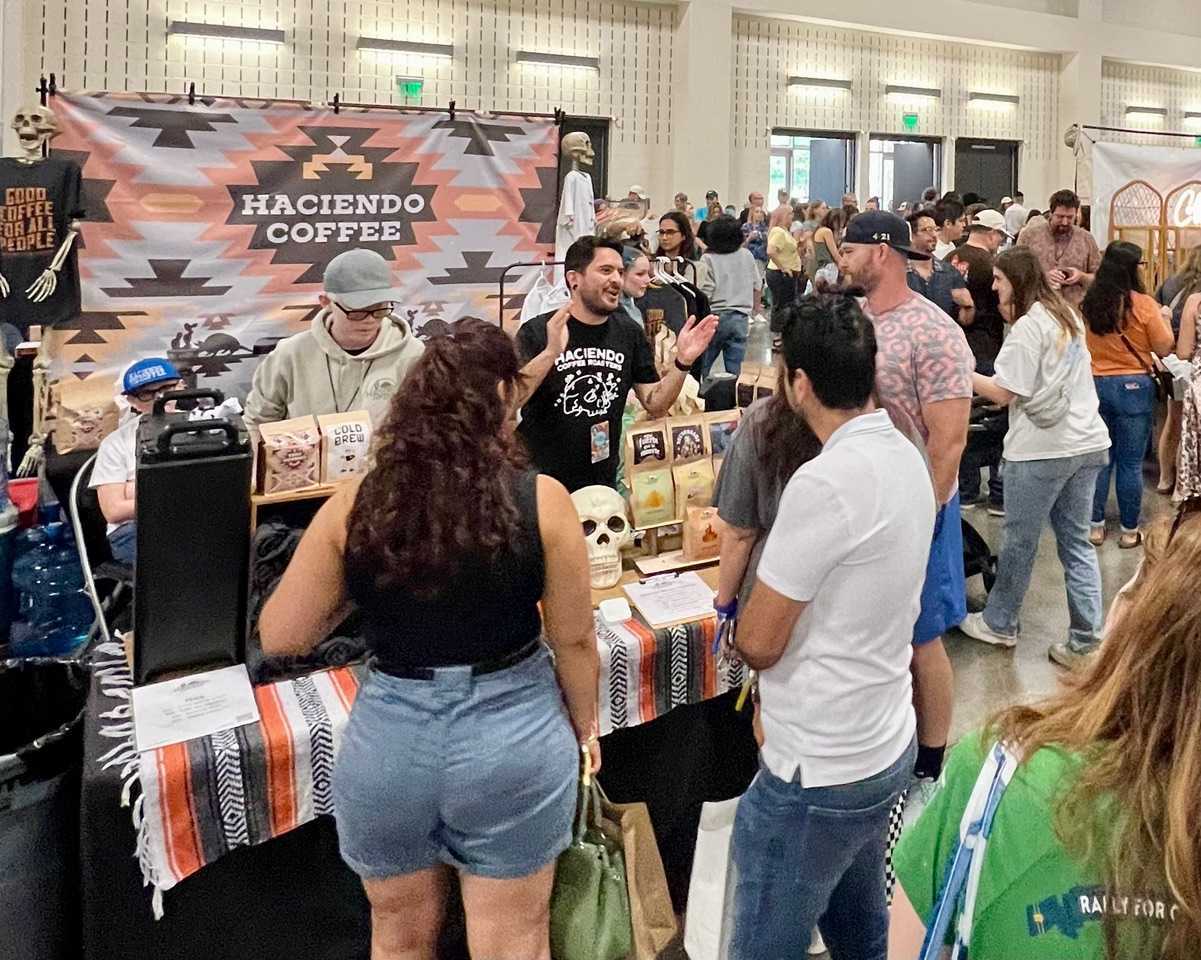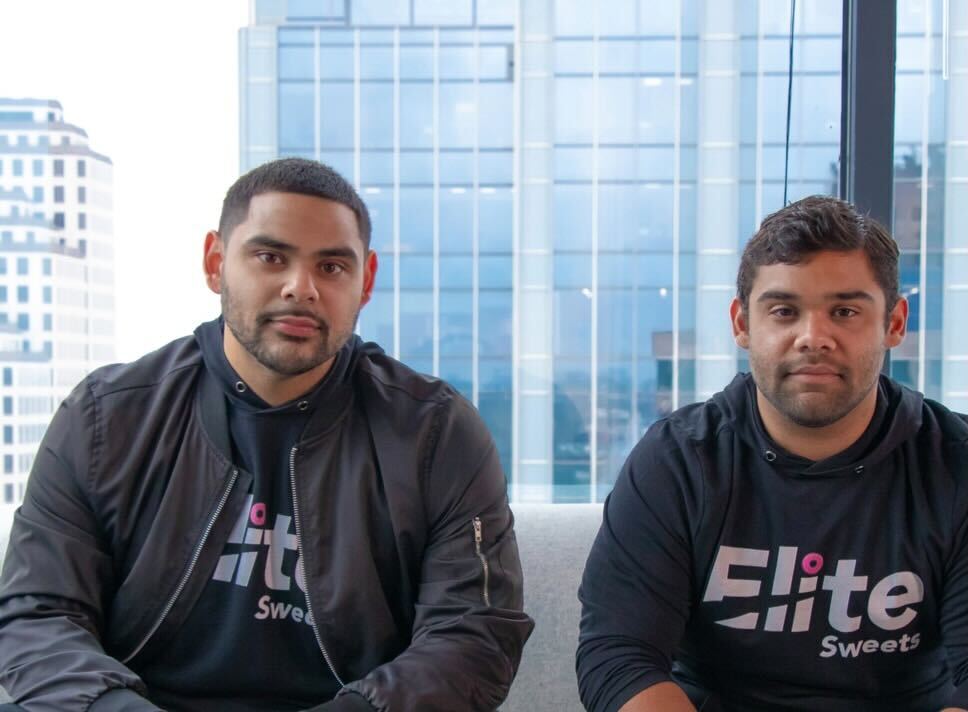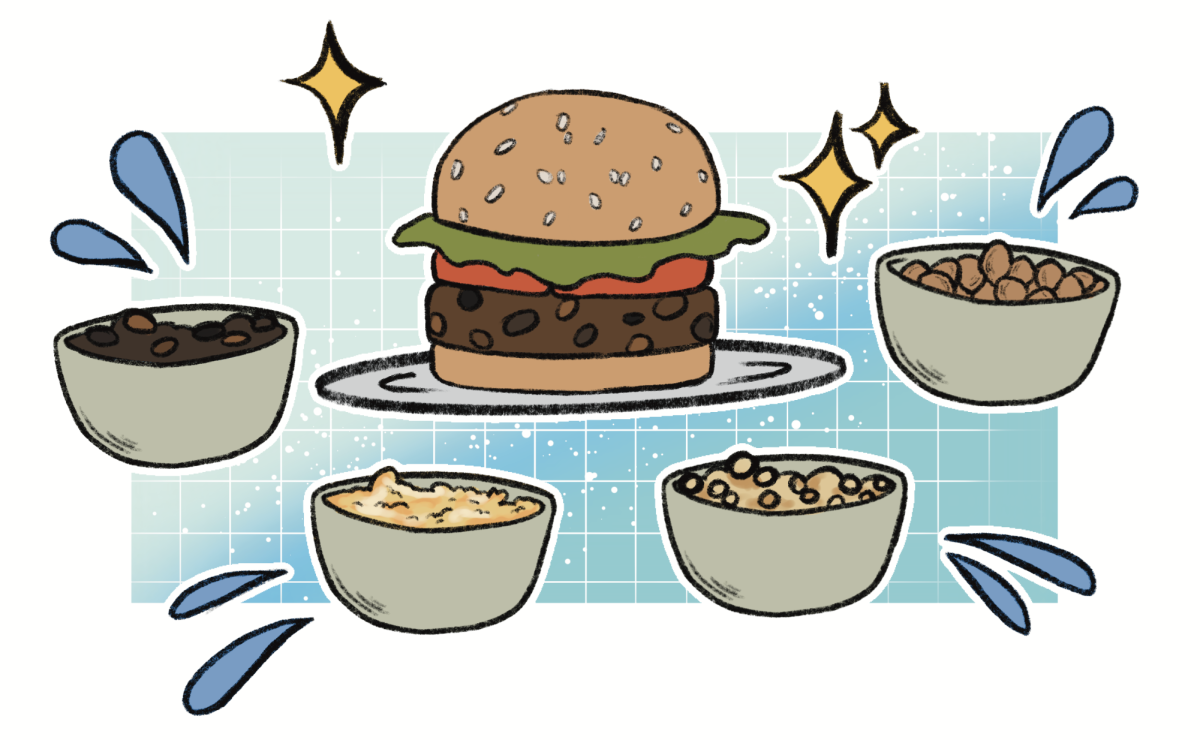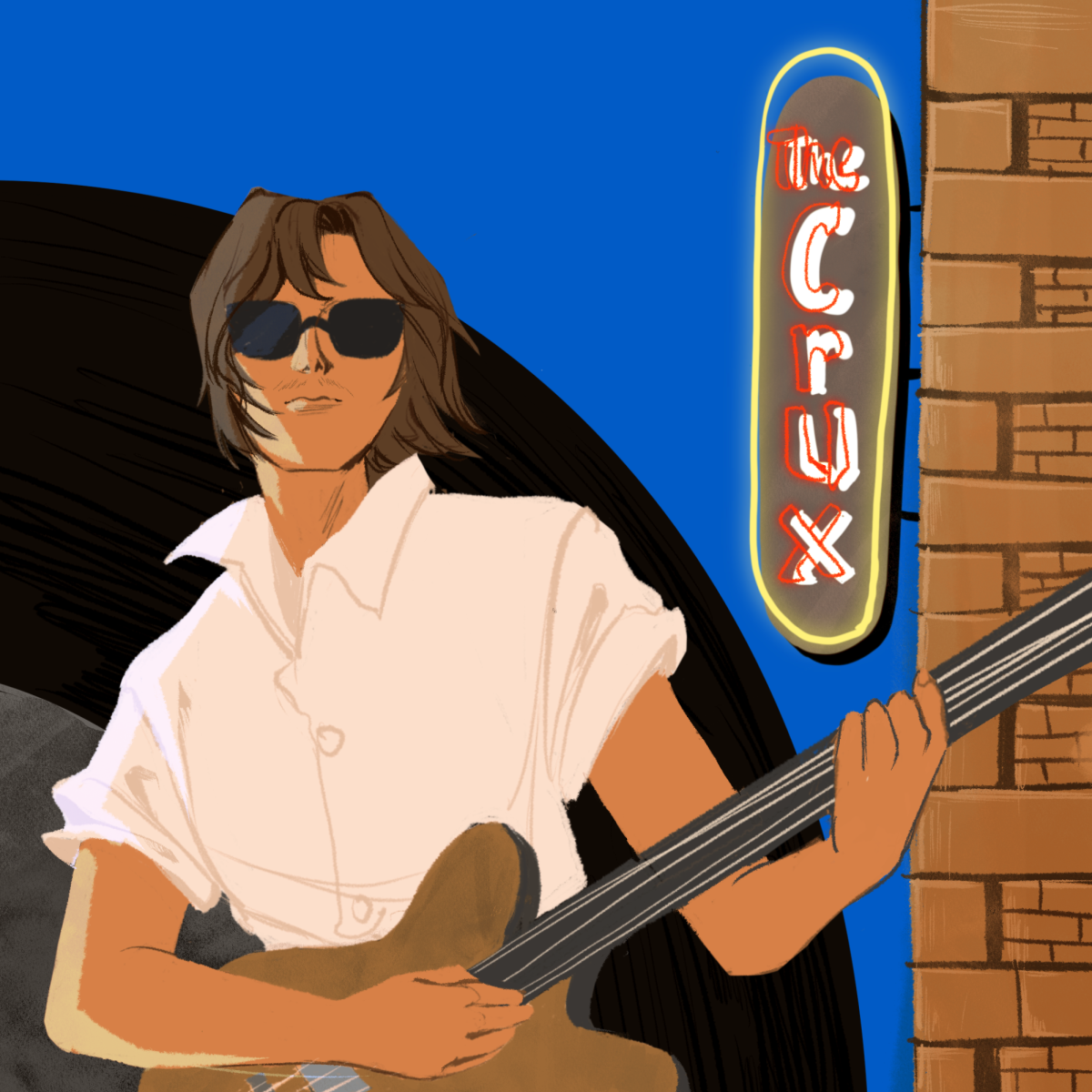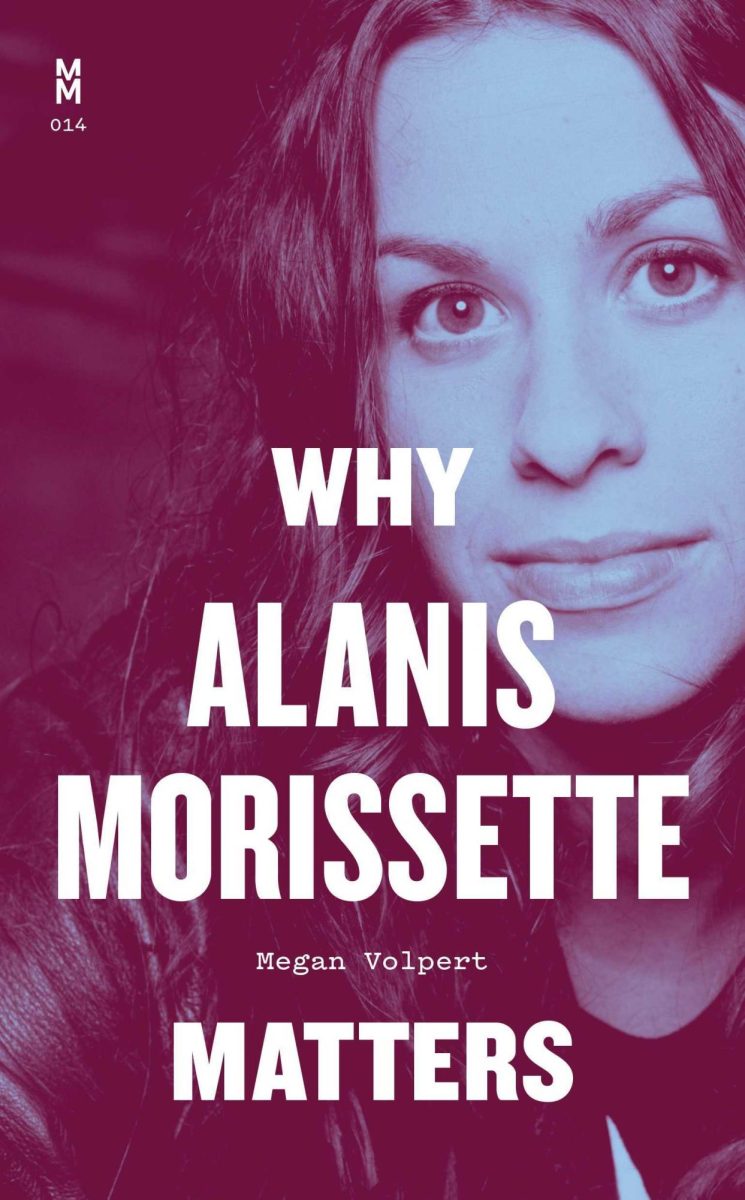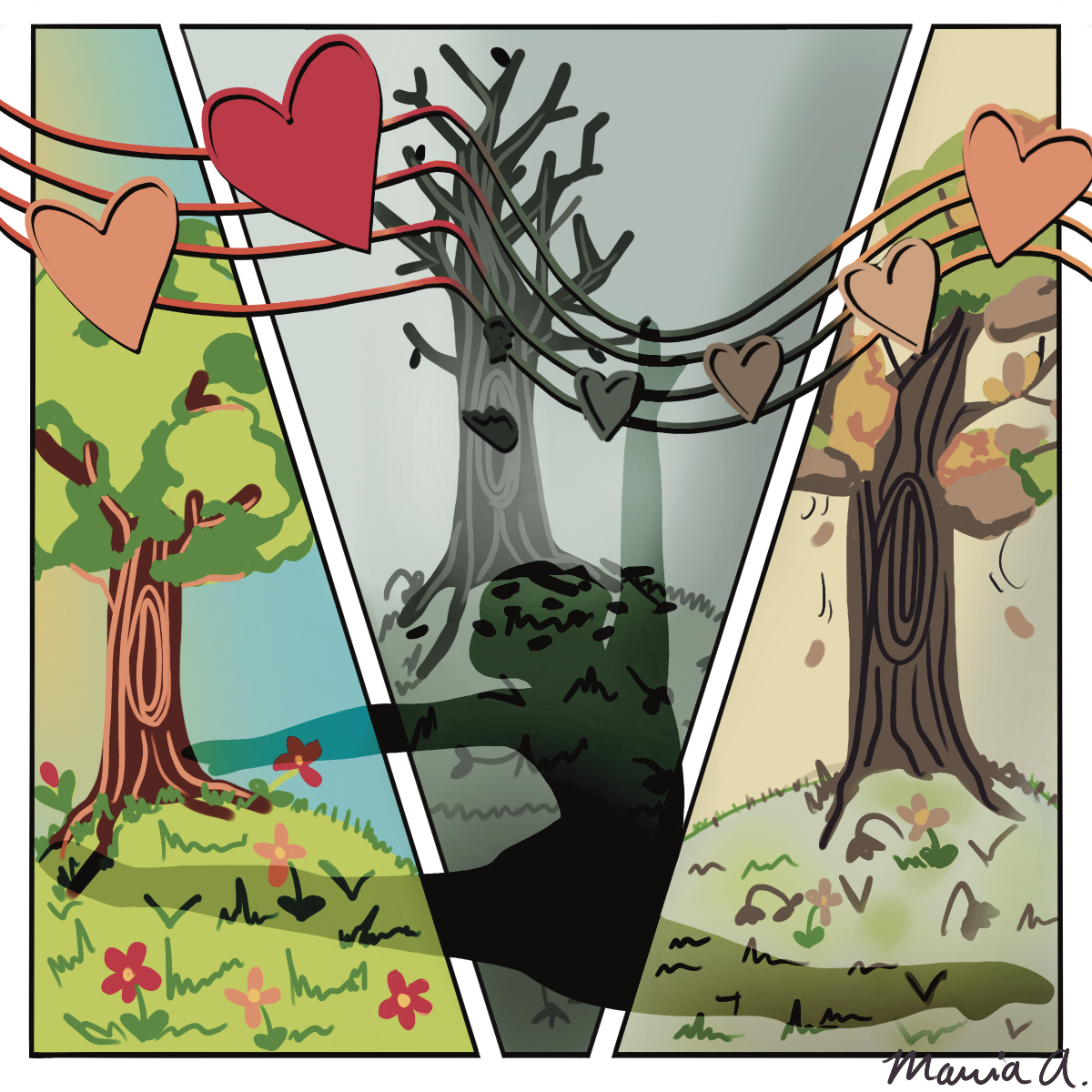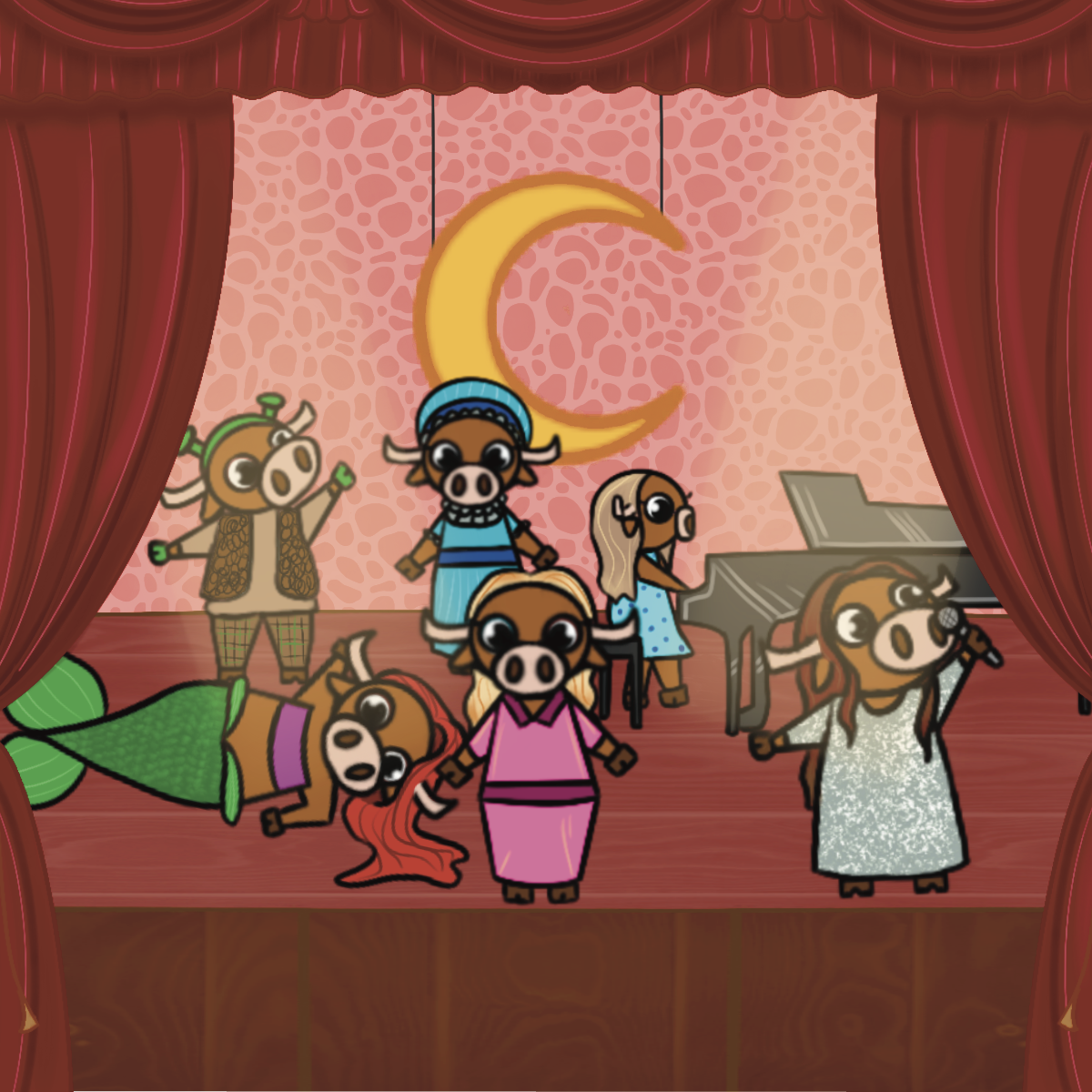With two words, the social media team at Austin-based advertising agency GSD&M sent the internet into a frenzy about the new Popeyes chicken sandwich.
Excitement over the product made Popeyes the center of attention on Twitter. In the midst of the hype, Chick-fil-A tweeted, “Bun + Chicken + Pickles = all the (heart) for the original.” Popeyes responded and tweeted “…y’all good?” The tweet went viral with over 320,000 likes.
Within a week, the sandwich sold out nationwide, prompting the company to relaunch the product two months later.
Part of this hype can be credited to Angela Brown, GSD&M social media strategist for Popeyes’ Twitter. Brown sat down with The Daily Texan to discuss her experience working on the twitter account.
Daily Texan: For a time, there seemed to be a chicken sandwich war occurring on social media. Why do you think Popeyes’ campaign stood out amongst other restaurants online?
AB: I think the extra power we had was that our campaign pretty much had the full force of black Twitter behind it. You have Chick-fil-A, who is known to be more conservative. They’re anti-LGBTQ. The product is good, but the brand is not as favored among people. So they don’t necessarily have a strong community behind them who can sway media.
DT: What was your response when you realized the tweet had gone viral?
AB: We look at our social performance report every month. We’ll measure what’s doing well on each platform and lean more into whatever content is performing the best. So when we tweeted this, we were like, “Let’s see if it outdoes our best-performing tweet. When the numbers started rolling in, that’s when I was like, “Oh, we might have done something here. Like, there’s something going on because this is really hitting right now.”
DT: Many tweets are able to gain a lot of attention, but off the internet, how do you determine whether a strategy has been successful?
AB: Tweets and social don’t always translate to sales. You have to have an agreement with the client to figure out, “What does success look like for them?” And then (determine) how you incorporate what you’re doing into that. We wanted to make sure that the buzz didn’t just happen on Twitter, that it also translated into sales. For us, clearly, our performance blew any goals they had in mind out of the water.
DT: What surprised you about the process?
AB: For me, the unexpected thing was that we sold out two month’s worth of product in like a week. I really don’t think that’s happened (before). With social media being as powerful as it is now, the positioning that people and brands take (can) help sell our product.
DT: You recently spoke in California at Brandweek about the Chicken Sandwich Campaign. What were the major points you shared with the audience?
AB: The hype was organic. We noticed that our fans were starting this conversation between us versus Chick-fil-A because they weren’t (supporting the same) values of the company. The louder they kind of got about their stance on anti-LGBTQ, the louder our fans got about how we were the better sandwich because we were without the homophobia. Chick-fil-A, feeling the heat from us as a competitor, led to the insecure sub tweet. This conversation happens without us. We didn’t initiate it. We didn’t create it. (Another) point we made was that black Twitter made this pop. They took something that we as a brand saw (as a) competitive moment and they made it a cultural moment. We weighed heavily on that because a lot of times black Twitter does not get the credit they deserve for all the moments that they make happen. A lot of trends are taken from black Twitter, and then taken to other platforms (and) brands (and) communities (who) are not black.

